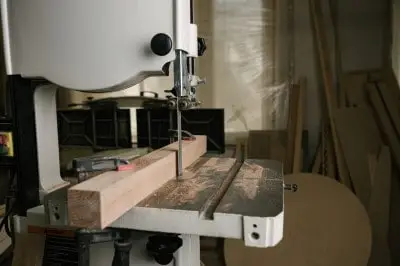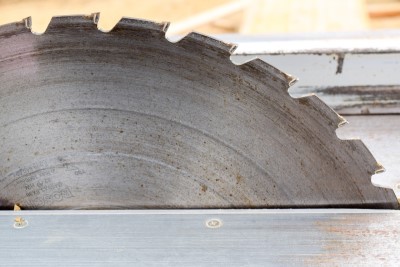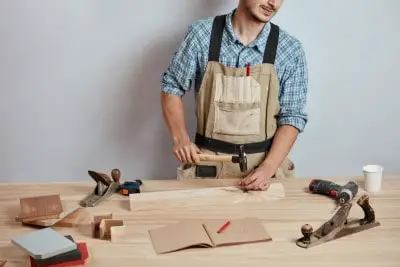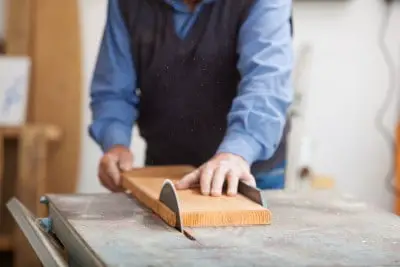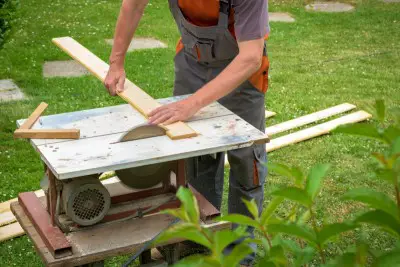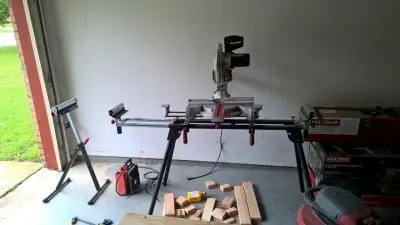There is a very common debate in the woodworking community, a ‘war’ that has raged on for ages yet it seems that no definite answer has been made. The question is: what is best for woodworking projects – hand tools or power tools? Hand tools rely on manual labor to work, and power tools require a power source in order to operate… obviously, electric tools are more efficient, but does that mean they are necessarily better?
Any average person usually has (at one time or another) used a hand tool, such as a handsaw or a hammer, and most of us have probably used a power drill for some simple screwing. When, then, is the right time to use a power tool and when is the right time to use a hand tool?
Simply put, power tools are ideal when you are performing tasks that need to be done quickly or repeatedly; for example, hammering in a single nail is fine, but if 100’s of nails need to be put in then a nail gun is preferred.
The truth is that both hand tools and power tools have their own set of unique benefits and downsides. For example, it is much easier to screw up using a table saw than it is with a handsaw; when using electric tools, the effects they produce are often amplified which means a simple mistake using a hand tool can mean a huge mistake if using a power tool.
Nevertheless, we will dig a bit deeper to uncover exactly which tools (hand versus power) are best for different woodworking circumstances.
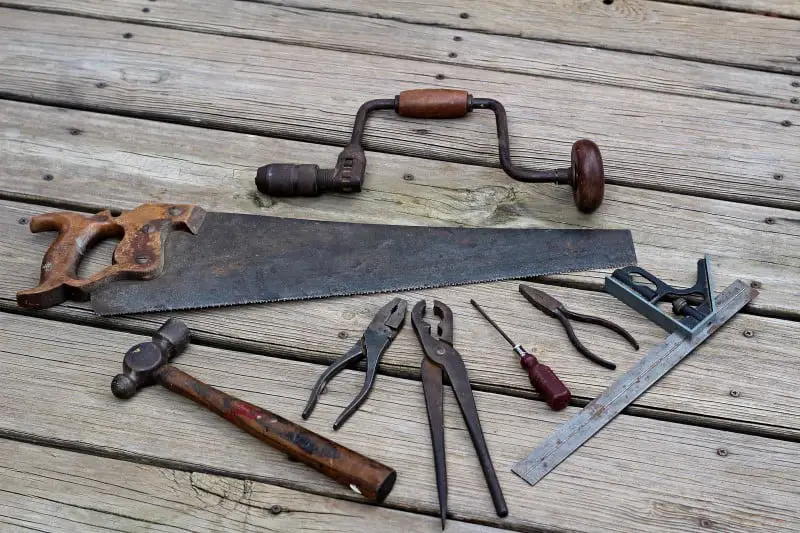
When Are Power Tools Better Than Hand Tools?
Power tools are preferred to traditional hand tools by woodworkers for a number of reasons, such as the following:
Time
This is the main reason power tools are preferred to hand tools – because they ‘go’ faster. A nail gun is capable of putting in nails at least 10x the speed of a hammer, and the same principle is true for many hand tools and their electric counterparts.
When it comes to woodworking, time is usually ‘of the essence’; as in, time matters. There is generally no downside to doing a job faster, especially since with power tools there is usually no drawback in accuracy – sometimes, power tools are able to do the job faster while actually being more accurate than if you were using a hand tool.
If you are a ‘pro’ woodworker, as in you build projects for other people, the amount of time you take is very important so it’s no surprise that expert woodworkers generally use of power tools a lot more than they use hand tools.
Ability
Many power tools are able to perform tasks that hand tools are simply incapable of doing; for example, you can’t drive nails into concrete with a traditional hammer… you can do this with a jackhammer.
Accuracy
As mentioned, accuracy is also (usually) improved when using a power tool over a hand tool – this is because the performance relies more on the tool than the woodworker.
When a handsaw is used to cut wood, the woodworker is responsible as the power-source and the actual cutting job; when using a power saw, you only need to focus on precision.
Let’s take a look at when hand tools are better used than power tools.
In Which Cases Is Using Hand Tools Better Than Using Power Tools?
In some cases, hand tools are preferred over power tools. Some reasons for this include:
Powerless
The first and most obvious benefits of using hand tools is the fact that they are power-less.
Extreme circumstances sometimes arise; electricity is not always available to use. Some issues that happen include:
- a storm has knocked the power out
- the woodworking project is being done away from any power supply
- batteries have run out and can’t be replaced
- the power tool’s engine/power source has broken
The fact of the matter is that we don’t always have the privilege of using power tools due to unexpected factors; yes, sometimes power tools simply break. This does happen, and when it does, what is someone who has only learned how to use a nail gun going to do if they have to put in a hundred nails with a hammer?
We can’t always control our environment but we can control our skillset, so for this reason alone, learning how to use hand tools before moving onto power tools is crucial.
Cost
Hand tools are usually more inexpensive than power tools. If you are on a budget or don’t want to invest in expensive power tools yet, hand tools are a great place to start.
This is why hand tools are naturally the first step for any woodworker; at this point, you may not even know if you really like woodworking or how important it is to you.
Why spend $1000 right off the bat when you can get your feet wet with $20?
Read more: Average Table Saw Cost
Safety
If safety is a concern (which is often is) then hand tools are the way to go.
Power tools are, as the name suggests, powerful – they can cause severe harm to anyone in the vicinity of use. Although hand tools can still be very dangerous, they are generally not as ‘lethal’ since they are powered by manual use.
Also, functional problems or issues with electrics don’t happen as much with hand tools as opposed to power tools; a hammer can still break, and that breakage can do some real damage. But, when you compare it to an electric circuit breaking or a piece of a circular saw blade breaking off during use, the damage a hand tool is capable of is nowhere close to what a power tool can do.
So, now that you know the basic pros and cons of both power and hand tools, let’s discuss what your best option is if you are a beginner woodworker.
What’s Best For A Beginner: Hand or Power Tools?
It is very common for a beginner or young woodworker to start working with hand tools before they move onto power tools, and for good reason.
First of all, power tools can be very dangerous! An electric saw is literally powerful enough to cut off fingers very quickly. A nail gun can easily blind someone if not used correctly, and most power tools can (and have) cause life-changing injuries for not only the woodworker using said tool, but also people around them.
Second, it is important to learn how to use regular hand tools in order to understand the fundamentals of how these tools work. After all, most basic hand tools are the ‘core’ of power tools… as in, a screwdriver is the basis of a drill, and a handsaw is the basis of a table saw. Learning how to use the fundamental hand tools will only help to teach how woodworking works in relation to the equipment we are able to use.
Why would it make sense to show a new woodworker how an electric saw works before letting them get hands-on experience using a normal hand saw? This type of learning pattern is crucial to build solid woodworking skills and this natural progression is called ‘natural’ for a reason.
All that said, once a beginner woodworker knows the basics, there is nothing wrong with moving onto working with power tools… in fact, we actually encourage it; power tools present the opportunity to significantly increase the scale of work being done and allows for a whole new type of woodworking that is simply not possible with regular old hand tools.
Case in point, a beginner is best off learning to use the basic hand tools so they know how they work at their core; then, once the beginner woodworker knows the fundamentals of working with various types of equipment, starting to learn how to use power tools is a great way to not only accelerate their general woodworking skills but also help to increase interest in woodworking as a whole.


